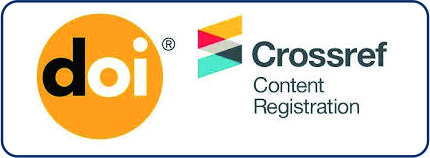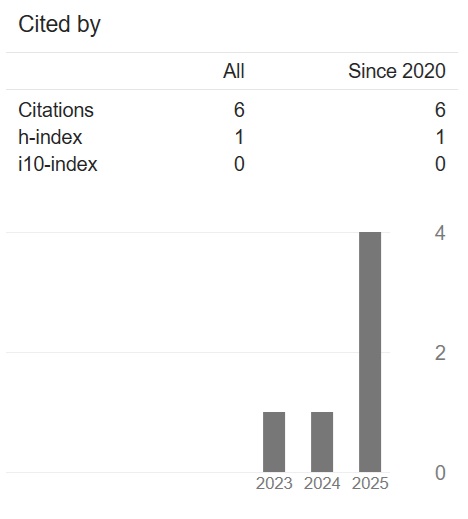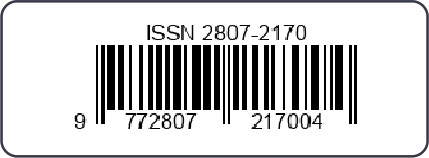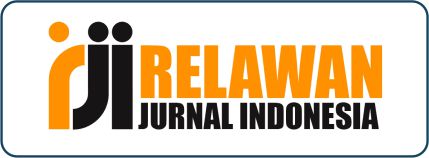مشكلات تعليم اللغة العربية وعلاجها في برنامج الإعداد اللغوي بالمعهد العالي للدراسات الإسلامية واللغة العربية بمكسر
Problems of Teaching Arabic in Language Preparation Program at STIBA Makassar and Its Solutions
DOI:
https://doi.org/10.36701/bashirah.v2i2.427Keywords:
Arabic, Solutions, Learning, Problems, STIBA Makassar.Abstract
This research aims to describe the problem of teaching Arabic and its solutions in Language Preparation Program at STIBA Makassar. This type of research is descriptive qualitative research with the type of field research research conducted at the STIBA Makassar campus in the Language Preparation Program. Data collection uses in-depth interview methods by making 17 lecturers (male and female) in the Language Preparation Program and 4 students in charge of language as a source of data/informants. The results showed that: (1) Lecturer perception related to the problem of Arabic Language Teaching in Language Preparation Program at STIBA Makassar there are six, as follows: (a) Teaching Book; most informants state that some teaching books are irrelevant to the student's condition in terms of vocabulary and expressions or environmental culture. (b) Learners; most informants state that most students have low motivation and interest in learning Arabic and discipline in the application of language, (c) Facilities and Infrastructure; learning facilities and infrastructure are still minimal, such as the absence of language laboratories, (d) Evaluation; some informants highlighted that oral test instruments have not been applied to all language courses in the Midterm Examination (UTS) and in the Final Semester Examination (UAS), (e) Curriculum; most informants say that one year's learning is relatively short coupled with a large amount of teaching material, and (f) Environment; most informants mention that lecturers and senior students cannot yet be used as role models in language, and activities outside the classroom are not more oriented towards language improvement; (2) Lecturer's Perception regarding Solutions to the problems of teaching Arabic in Language Preparation Program at STIBA Makassar there are six, as follows: (a) Teaching Book; most informants state that the Language Preparation Program at STIBA Makassar needs to make some teaching books to adjust to the conditions of students, (b) Learners; all informants say that the solution in overcoming the constraints of learners is the provision of motivation to students. Lecturers and senior students should be role models in the application of the language, (c) Facilities and Infrastructure; all informants state that STIBA Makassar should utilize learning facilities, namely language laboratories, (d) Evaluation; the infroman states that oral tests are important for the effectiveness of learning evaluation in all language courses at UTS and UAS, (e) Curriculum; all informants say that ideally language learning in the Language Preparation Program at STIBA Makassar is two years; (f) Environment; all informants say that the activation of language activities must be followed up by STIBA Makassar. Activities that do not synergize with language improvement must be reduced and the application of language rules. The implication of this research is that there is expected to be a follow-up to this study that highlights in terms of student perception related to constraints/problems in Arabic language learning and its solutions in Language Preparation Program at STIBA Makassar.
Downloads
References
Al-Simān, Maḥmūd `Alī. Al-Taujīh fī Tadrīs al-Lugah al-`Arabiyyah. Al-Qāhirah: Dār al-Ma`ārif, 1983
Ibrāhīm, ʿAbd al-ʿAlīm. Al-Muwajjih al-Fannī lī Mudarris al-Lugah al-ʿArabiyyah. Al-Ṭabʿah: X. al-Qāhirah: Dār al-Maʿārif,
Madkūr, `Alī Ahmad. Ṭuruq Tadrīs al-Lugah al-`Arabiyyah. Al-Ṭab`ah: I. `Umān: Dār al-Masīrah, 2006
Ṣīnī, Maḥmūd Ismā`īl wa Asdiqā’uh. Mursyid al-Mu`allim fI Tadrīs al-Lugah al-`Arabiyyah lī gair al-Nāṭiqīn bihā. Al-Ṭab`ah: II. Al-Riyāḍ: Maktabah al-Tarbiyah al-`Arabī lī Duwal al-Khalīj, 1985
Akbar, Khaerul. Problematika STIBA Makassar dan Perumusan Topik Hibah Penelitian. “Makalah”, 2020.
Arsyad, Azhar. Bahasa Arab dan Metode Pengajarannya. Cet. II; Jogjakarta: Pustaka Pelajar, 2004.
Chapelle, Carol A. “The Relationship between Second Languge Acquisition Theory and Computer Assisted Language Learning”, The Modern Language Journal, Vol 93, (2000). http://www.jstor.org/stable/2561227.
Fahim, Mansoor dan Mastaneh Haghani. Sociocultural Perspectives on Foreign Language Learning. Journal of Language Teaching and Research, Vol.3, No. 4 (Juli 20`12).
Fahrurrozi, Aziz. Pengajaran Bahasa Arab: Problematika dan Solusinya. Jurnal Arabiyat, Vol. I, No. 2 (2014).
Garancang, Sabaruddin. Problematika Pengajaran Bahasa Arab Pada Perguruan Tinggi Islam. Jurnal Sosia-Religia, Vol.9, No. 3 (2010).
Habibah, Nur. Lingkungan Artfisal dalam Pembelajaran Bahasa Arab. Arabiyyat: Jurnal Pendidikan Bahasa Arab dan Kebahasaaraban, Vol. 3, No. 2 (2016). http://journal.uinjkt.ac.id/index.php/arabiyat/article/view/4038.
Krasen, Stephen D. “Formal and Informal Linguistic Environments in Language Acquisition and Language Learning”, TESOL Quarterly, Vol. 10, No. 2 (Jun., 1976). https://www.jstor.org/stable/3585637.
Mardiah, Tika. Problematika Pengajaran Bahasa Arab Di Madrasah Tsanawiyah Pesantren Sabilil Muttaqin Tulungagung. Jurnal Prespektive, Vol.X, No. 02 (2017).
Munir. Perencanaan Sistem Pengajaran Bahasa Arab (Cet. I; Jakarta: Kencana; 2017.
Sumiarni, Nanin. Pembelajaran Bahasa Arab bagi Mahasiswa Pemula di Pusat Bahasa dan Budaya IAIN Syekh Nurjati Cirebon (Problematika dan Solusinya), Jurnal Holistik, Vol. XV, No. 1 (2014).
Wahida, Besse. Problematika Pembelajaran Bahasa Arab (Studi Kasus terhadap Problematika Metodologis Pembelajaran Bahasa Arab di IAIN Pontianak). Jurnal al-Astar STAI Mempawah, Vol. 7, No. 1 (2017).


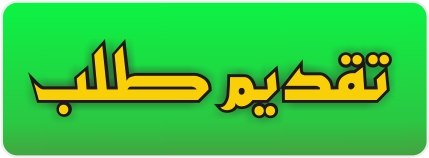
.jpg)
